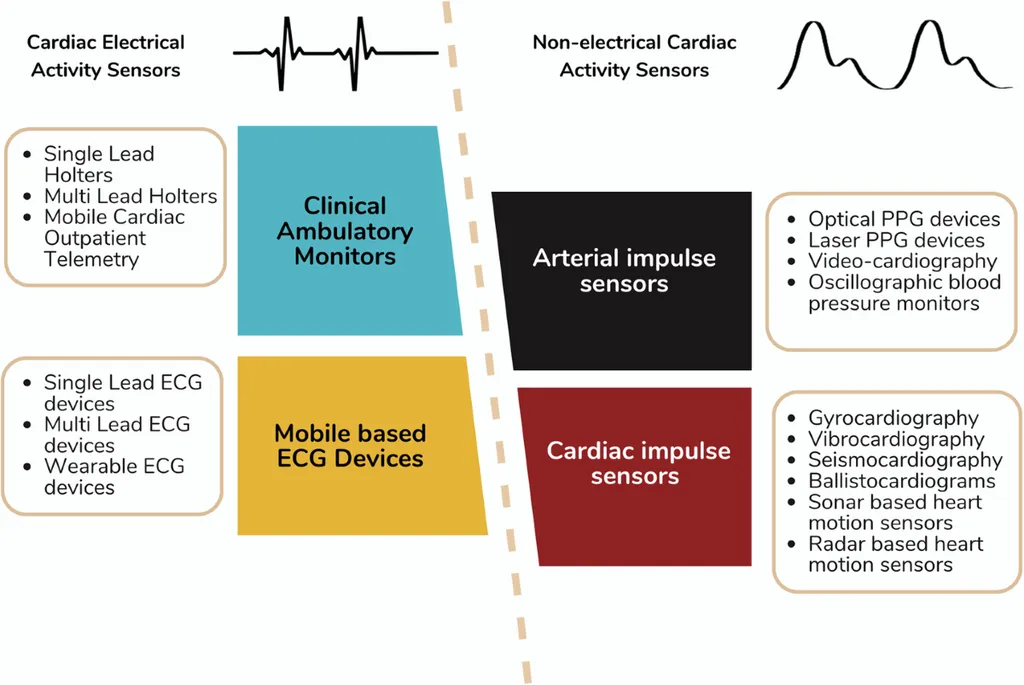In the realm of energy journalism, we often encounter innovative research that has the potential to reshape industries. Today, we delve into a study that, while primarily focused on healthcare, offers intriguing possibilities for the energy sector. The research was conducted by Angelina Yan, Matt L. Sampson, and Peter Melchior, who are affiliated with the University of Cambridge and the University of Oxford. Their work, titled “A novel approach to classification of ECG arrhythmia types with latent ODEs,” was published in the journal Nature Communications.
The study addresses a significant challenge in cardiac health monitoring: the trade-off between signal fidelity and battery life in wearable ECG devices. Traditional 12-lead ECGs provide high-quality signals but are limited to short-term monitoring. Wearable ECGs, on the other hand, enable long-term monitoring but often suffer from lower sampling frequencies due to battery constraints, making it difficult to analyze the morphology of the ECG signals.
To overcome this issue, the researchers developed an end-to-end classification pipeline. They trained a latent Ordinary Differential Equation (ODE) to model continuous ECG waveforms, creating robust feature vectors from high-frequency single-channel signals. By constructing three latent vectors per waveform via downsampling the initial 360 Hz ECG to 90 Hz and 45 Hz, they could test the robustness of their model across different frequencies.
The results were promising, with minimal degradation in performance. The macro-averaged AUC-ROC values were 0.984 at 360 Hz, 0.978 at 90 Hz, and 0.976 at 45 Hz. This suggests that the model can effectively classify ECG arrhythmia types even at lower sampling frequencies, potentially allowing for smaller, more battery-efficient wearable devices.
For the energy sector, this research offers a glimpse into how advanced data modeling techniques can optimize performance while reducing resource consumption. In the context of energy monitoring and management, similar approaches could be used to analyze data from sensors and meters, enabling more efficient energy use and better predictive maintenance. By applying these techniques, energy companies could potentially reduce costs, improve reliability, and enhance the overall efficiency of their operations.
In conclusion, the study by Yan, Sampson, and Melchior presents a novel approach to ECG arrhythmia classification that could have far-reaching implications for both healthcare and the energy sector. By leveraging advanced data modeling techniques, we can unlock new possibilities for monitoring, analysis, and optimization across various industries.
This article is based on research available at arXiv.

